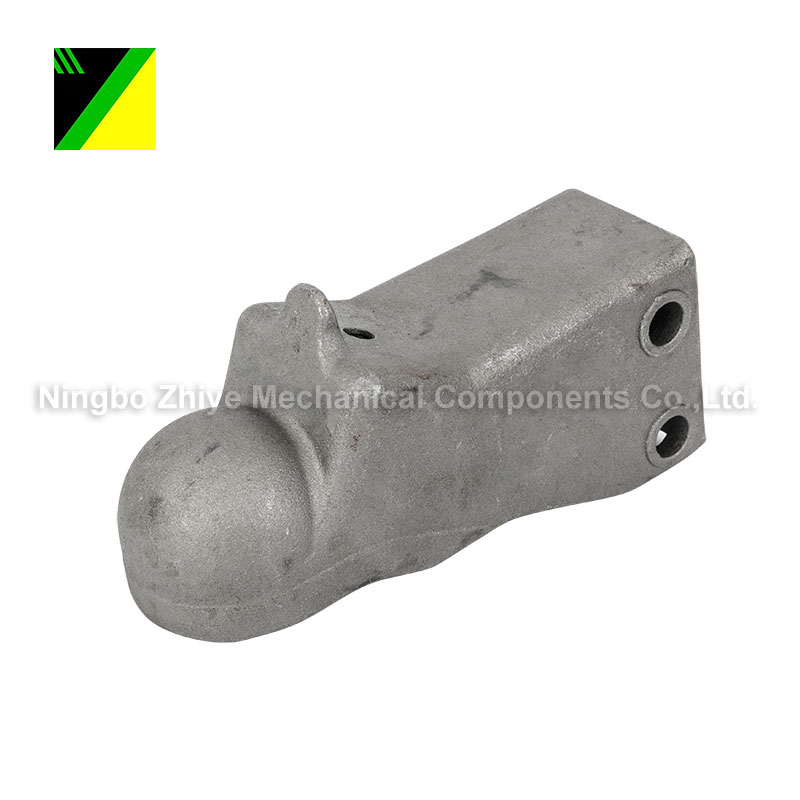Do you really know water glass investment casting?
2023-10-17
Water glass investment casting is a popular technique used in the manufacturing of high-precision metal parts for various industries, including automotive, aerospace, and defense. In this article, we will discuss how water glass investment casting is used in the production of auto pull devices, a critical component of modern automobiles.
What is Water Glass Investment Casting?
Water glass investment casting, also known as sodium silicate investment casting, is a process that involves creating a wax pattern of the desired part, dipping the pattern in a water glass solution, and then coating it with a fine-grain sand mixture. This process is repeated multiple times until a thick shell is formed around the pattern.
Once the shell is formed, it is heated to remove the wax pattern, leaving a cavity in the sand mold. Molten metal is then poured into the cavity, filling the space and taking the shape of the pattern. After the metal has solidified, the shell is removed, and the part is cleaned and finished to the desired specifications.
Water glass investment casting is a highly accurate and cost-effective process that can produce complex shapes with fine details and tight tolerances. It is commonly used in the production of small to medium-sized parts, such as engine components, turbocharger housings, and gearbox parts.
Auto Pull Device and Water Glass Investment Casting
Auto pull devices are an essential component of modern automobiles, especially those with automatic transmissions. These devices are responsible for engaging and disengaging the transmission when the driver shifts gears. They consist of a lever, a spring, and a metal bracket that holds the spring in place.
Due to the critical nature of their function, auto pull devices must be manufactured with high precision and accuracy. Water glass investment casting is an ideal technique for producing these parts as it allows for the creation of complex geometries with tight tolerances.
The water glass investment casting process begins by creating a wax pattern of the auto pull device, which is then dipped in a water glass solution and coated with a sand mixture. Multiple layers of the shell are built up until the desired thickness is achieved.
Once the shell is complete, it is heated to remove the wax pattern, leaving a cavity in the sand mold. Molten metal is then poured into the cavity, filling the space and taking the shape of the pattern. The metal solidifies, and the shell is removed, revealing the finished part.
The Benefits of Water Glass Investment Casting for Auto Pull Devices
Water glass investment casting offers several advantages for the production of auto pull devices. These benefits include:
1. Accuracy and Precision: Water glass investment casting can produce parts with high accuracy and precision, which is critical for the proper functioning of auto pull devices.
2. Complexity: The process allows for the creation of complex shapes and geometries, which can be difficult or impossible to achieve with other manufacturing techniques.
3. Cost-Effective: Water glass investment casting is a cost-effective method for producing small to medium-sized parts in high volumes.
4. Versatility: The process can be used with a wide range of metals, including aluminum, bronze, and stainless steel, making it a versatile option for auto pull device production.
Conclusion
Water glass investment casting is a highly effective and efficient technique for the production of auto pull devices. Its ability to create complex shapes and geometries with high accuracy and precision make it an ideal manufacturing method for these critical components of modern automobiles. As the demand for high-quality auto parts continues to grow, water glass investment casting is sure to play an increasingly important role in the automotive industry.



